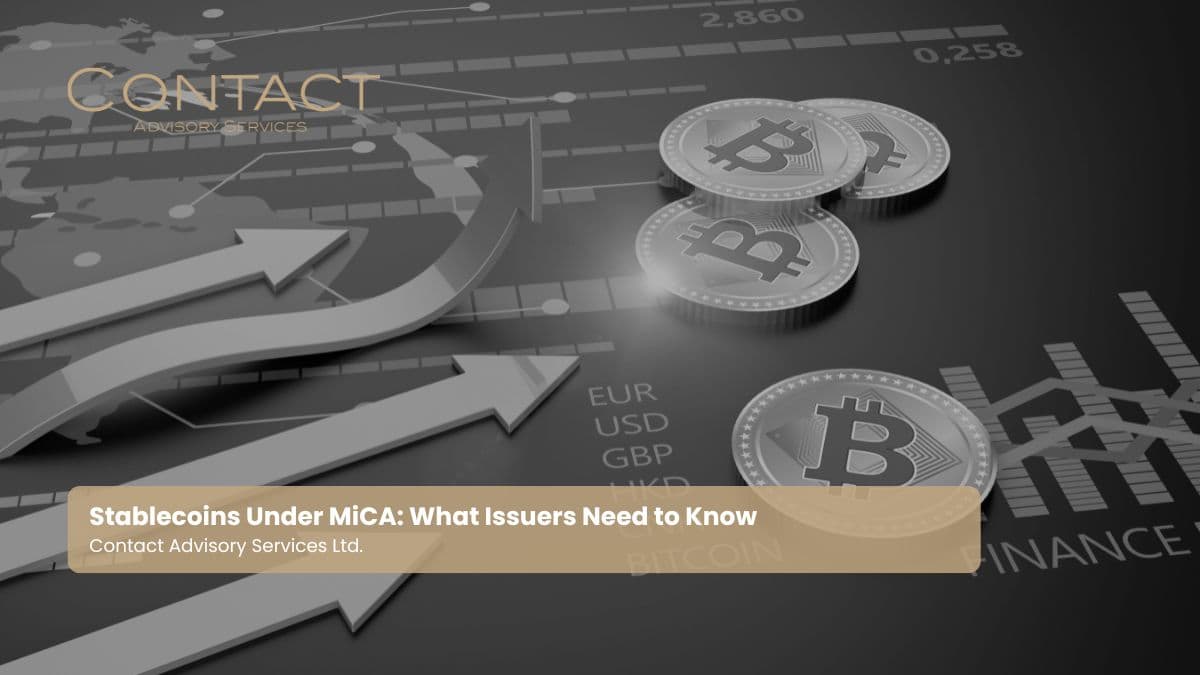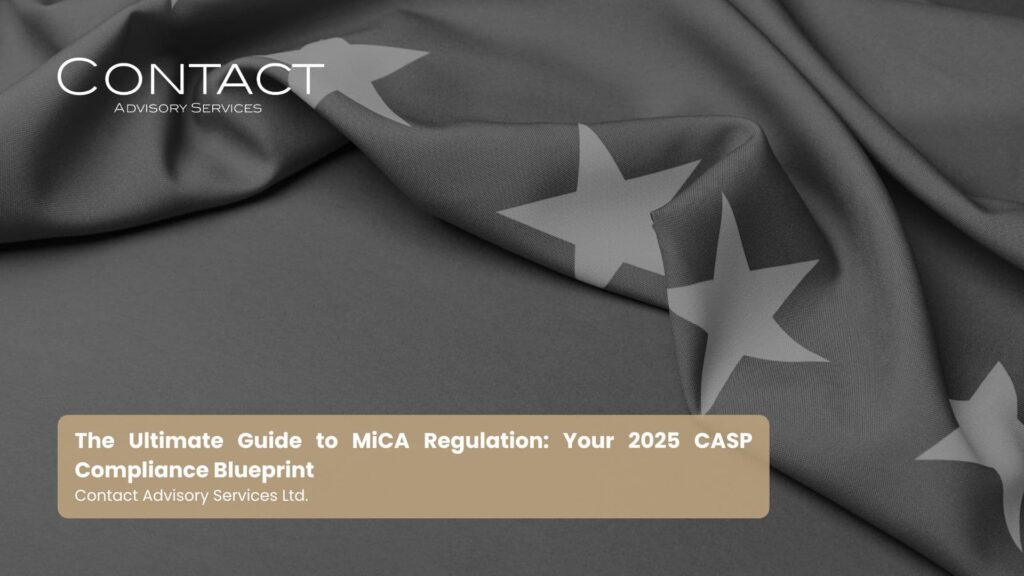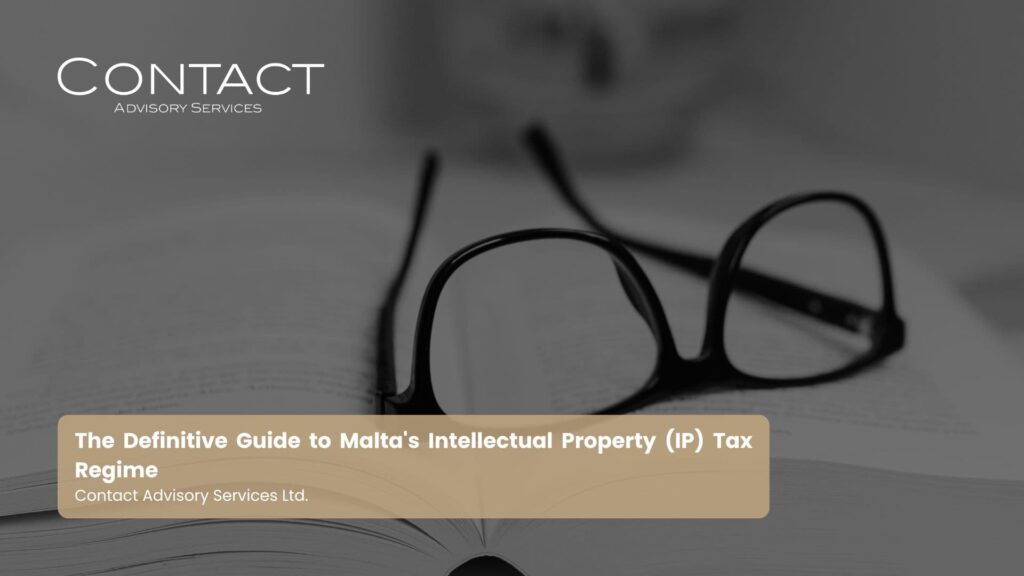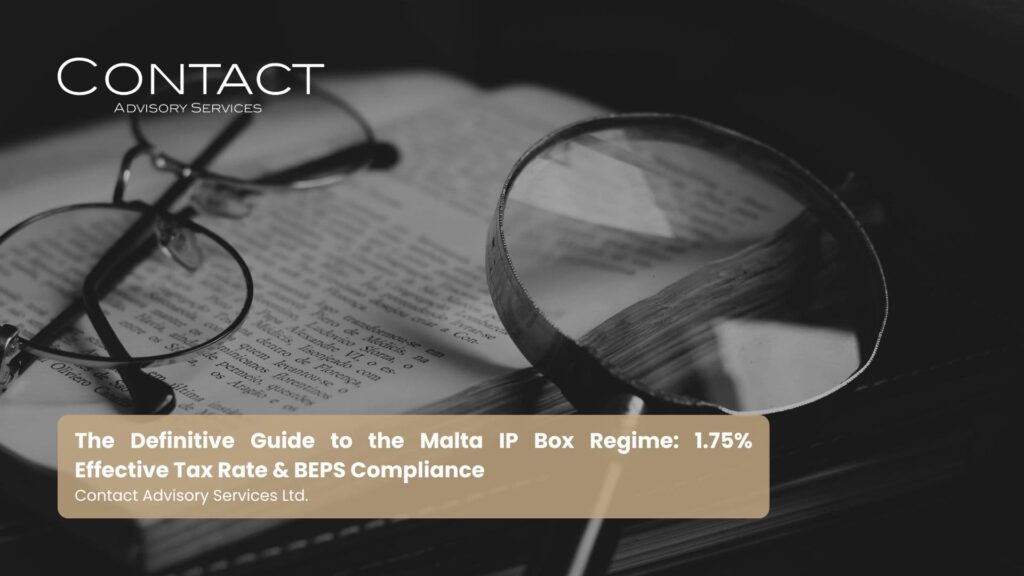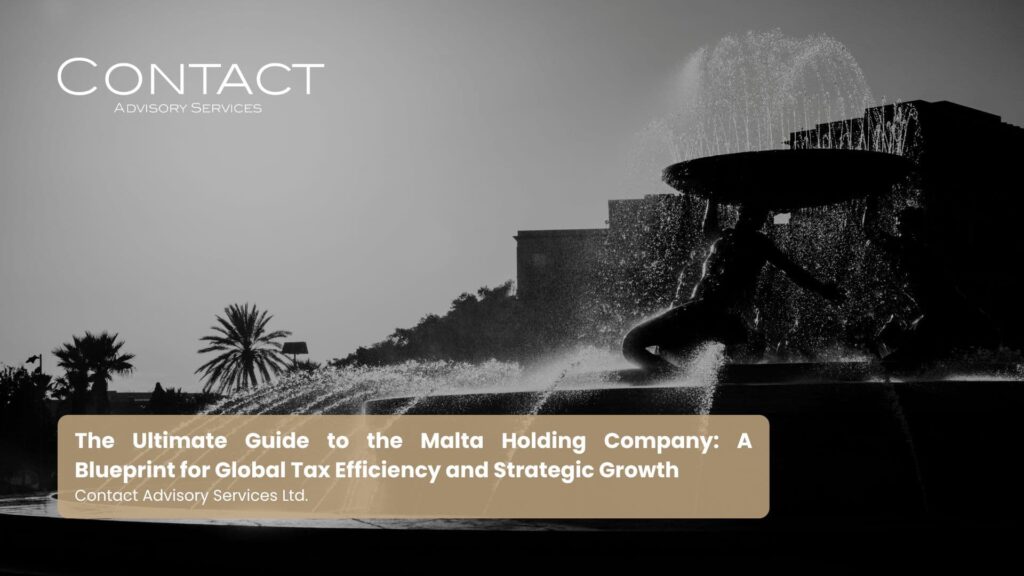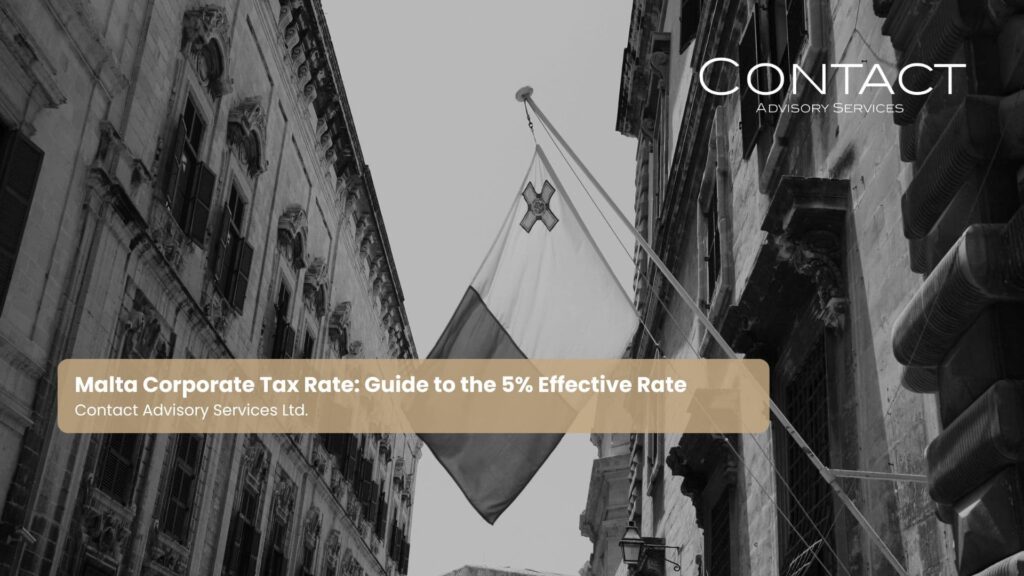Introduction: The Stablecoin Revolution – But at What Regulatory Cost?
Stablecoins, the bridge between traditional finance and the volatile world of cryptocurrencies, have surged in popularity. But with this growth comes increased scrutiny. The EU’s Markets in Crypto-Assets (MiCA) regulation is poised to reshape the stablecoin landscape, demanding issuers adapt to a new era of compliance. Are you, as a stablecoin issuer, prepared for the seismic shifts MiCA will bring? In places like Malta, a nation historically welcoming to blockchain innovation, businesses are keenly aware of these changes. At Contact Advisory Services Ltd., we’re here to demystify the complexities of MiCA and provide clear, actionable insights for stablecoin issuers.
MiCA’s Definition of Stablecoins: A Clear Distinction
MiCA categorizes stablecoins into two main types, each with specific regulatory requirements:
- Asset-Referenced Tokens (ARTs): These are stablecoins that maintain their value by referencing a basket of assets, such as fiat currencies, commodities, or other crypto-assets.
- E-Money Tokens (EMTs): These are stablecoins that maintain a stable value by referencing a single fiat currency.
Understanding this distinction is vital, as it determines the specific compliance requirements you’ll face.
- Key Differences: ARTs typically involve more complex reserve management and risk assessments compared to EMTs.
- Regulatory Implications: Each category has distinct rules regarding capital requirements, reserve assets, and operational standards.
Reserve Requirements and Capital Adequacy: The Backbone of Stability
One of MiCA’s core focuses is ensuring stablecoin issuers maintain adequate reserves and capital to withstand market fluctuations.
- Reserve Asset Composition: MiCA sets strict rules on the types of assets that can be held as reserves, emphasizing liquidity and low risk.
- Capital Requirements: Issuers must maintain a minimum level of capital to absorb potential losses.
- Independent Audits: Regular audits are required to verify reserve asset composition and capital adequacy.
Licensing and Authorization: Navigating the Regulatory Hurdles
Operating as a stablecoin issuer in the EU will require obtaining authorization from national competent authorities (NCAs).
- Licensing Process: The process involves submitting detailed documentation, demonstrating compliance with MiCA’s requirements, and undergoing thorough scrutiny.
- Ongoing Reporting: Issuers will be subject to ongoing reporting obligations, including regular disclosures of reserve assets and operational performance.
- Malta Specifics: In Malta, the Malta Financial Services Authority (MFSA) will be the key regulator, applying EU wide regulations with local interpretations. Engaging early with the MFSA is crucial for issuers based there.
Operational and Governance Standards: Building Trust and Transparency
MiCA mandates robust operational and governance standards to ensure transparency and mitigate risks.
- Risk Management: Issuers must implement comprehensive risk management frameworks to address operational, market, and credit risks.
- Internal Controls: Strong internal controls are essential to prevent fraud and ensure compliance.
- Transparency and Disclosure: Issuers must provide clear and transparent information to users, including details about reserve assets and operational procedures.
Impact on Existing Stablecoin Projects: Adapting to the New Reality
Many existing stablecoin projects will need to adapt their operations to comply with MiCA’s requirements.
- Reserve Asset Adjustments: Issuers may need to adjust their reserve asset composition to meet MiCA’s standards.
- Operational Changes: Changes to operational procedures, governance structures, and reporting systems may be necessary.
- Strategic Repositioning: Some issuers may need to reposition their products or services to align with MiCA’s requirements.
The Future of Stablecoins in the EU Under MiCA: Opportunities and Challenges
MiCA presents both opportunities and challenges for stablecoin issuers.
- Opportunities: MiCA can create a more stable and trusted environment for stablecoins, fostering wider adoption.
- Challenges: Compliance with MiCA’s requirements can be costly and complex, particularly for smaller issuers.
- Innovation: MiCA may drive innovation in the stablecoin sector, as issuers seek to develop new products and services that comply with the regulations.
Malta’s Strategic Positioning: A Hub for Compliant Stablecoin Issuers
Malta, with its proactive approach to blockchain technology, is well-positioned to attract stablecoin issuers seeking a compliant and supportive regulatory environment.
- MFSA’s Expertise: The MFSA’s experience in regulating virtual financial assets provides a strong foundation for implementing MiCA.
- Business-Friendly Environment: Malta’s business-friendly environment and strategic location make it an attractive destination for stablecoin issuers.
- Contact Advisory Services Ltd. Expertise: Our local knowledge can help businesses navigate the specifics of the Maltese implementation of MiCA.
Conclusion: Embracing Compliance, Driving Sustainable Growth
MiCA represents a significant step towards creating a regulated and stable environment for stablecoins. For issuers, it’s crucial to understand and adapt to the new regulatory landscape. By prioritizing compliance, transparency, and robust operational standards, issuers can position themselves for sustainable growth in the evolving crypto market. At Contact Advisory Services Ltd., we’re committed to guiding you through this transition.

